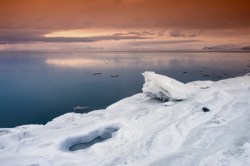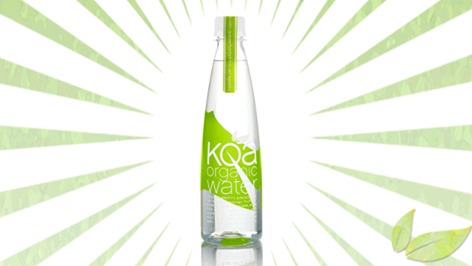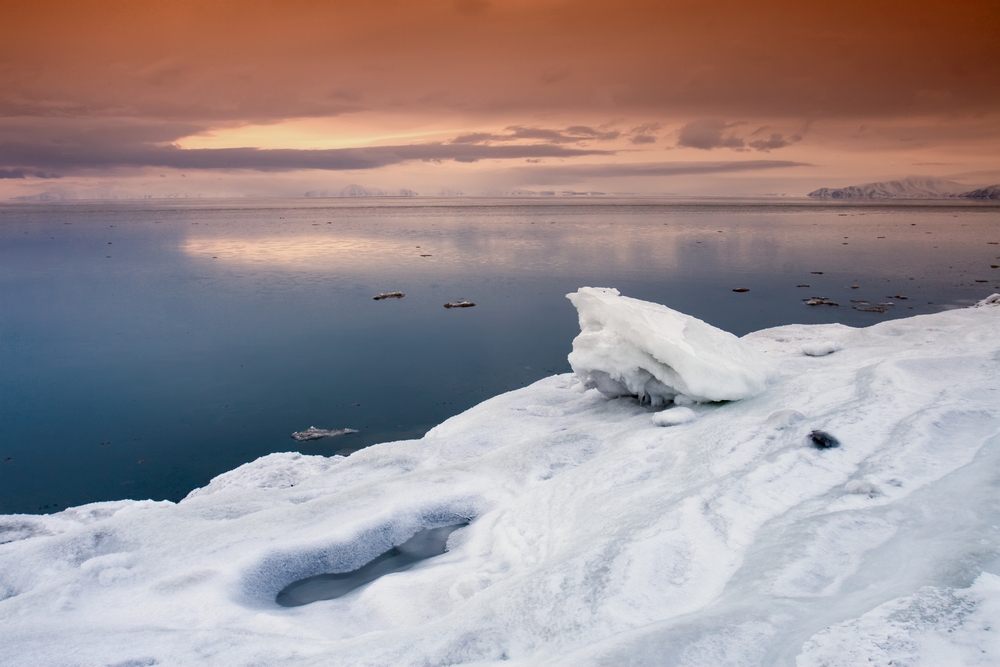
ShutterstockBeware of melting.
An almighty belch is building up deep in the belly of the Arctic, and it’s going to cost the world a pretty penny when it rips.
As the Arctic continues to melt, a 50-gigatonne reservoir of methane trapped in permafrost beneath the East Siberian Sea will be released — perhaps steadily over five decades or perhaps during one sudden grandfatherly burp — and that will cause an estimated $37 trillion to $60 trillion worth of damage. So say researchers in a commentary published Wednesday in the journal Nature.
Methane is a particularly potent greenhouse gas. “Higher methane concentrations in the atmosphere will accelerate global warming and hasten local changes in the Arctic, speeding up sea-ice retreat, reducing the reflection of solar energy and accelerating the melting of the Greenland ice sheet,” the researchers write. “The ramifications will be felt far from the poles.”
It’s not easy to conceptualize such large dollar values, but look at it this way: The world’s gross domestic product in 2012 was estimated at about $70 trillion.
Researchers from Erasmus University Rotterdam and the University of Cambridge estimated the financial impacts of the methane release by running thousands of simulations on a modeling tool that estimates social costs of climatic change. From the Nature article:
The economic consequences will be distributed around the globe, but the modelling shows that about 80% of them will occur in the poorer economies of Africa, Asia and South America. The extra methane magnifies flooding of low-lying areas, extreme heat stress, droughts and storms.
The full impacts of a warming Arctic, including, for example, ocean acidification and altered ocean and atmospheric circulation, will be much greater than our cost estimate for methane release alone.
To find out the actual cost, better models are needed to incorporate feedbacks that are not included in [our model], such as linking the extent of Arctic ice to increases in Arctic mean temperature, global sea-level rise and ocean acidification, as well as including estimates of the economic costs and benefits of shipping. Oil-and-gas development in the Arctic should also, for example, take into account the impacts of black carbon, which absorbs solar radiation and speeds up ice melt, from shipping and gas flaring.
Antacid, anybody?



